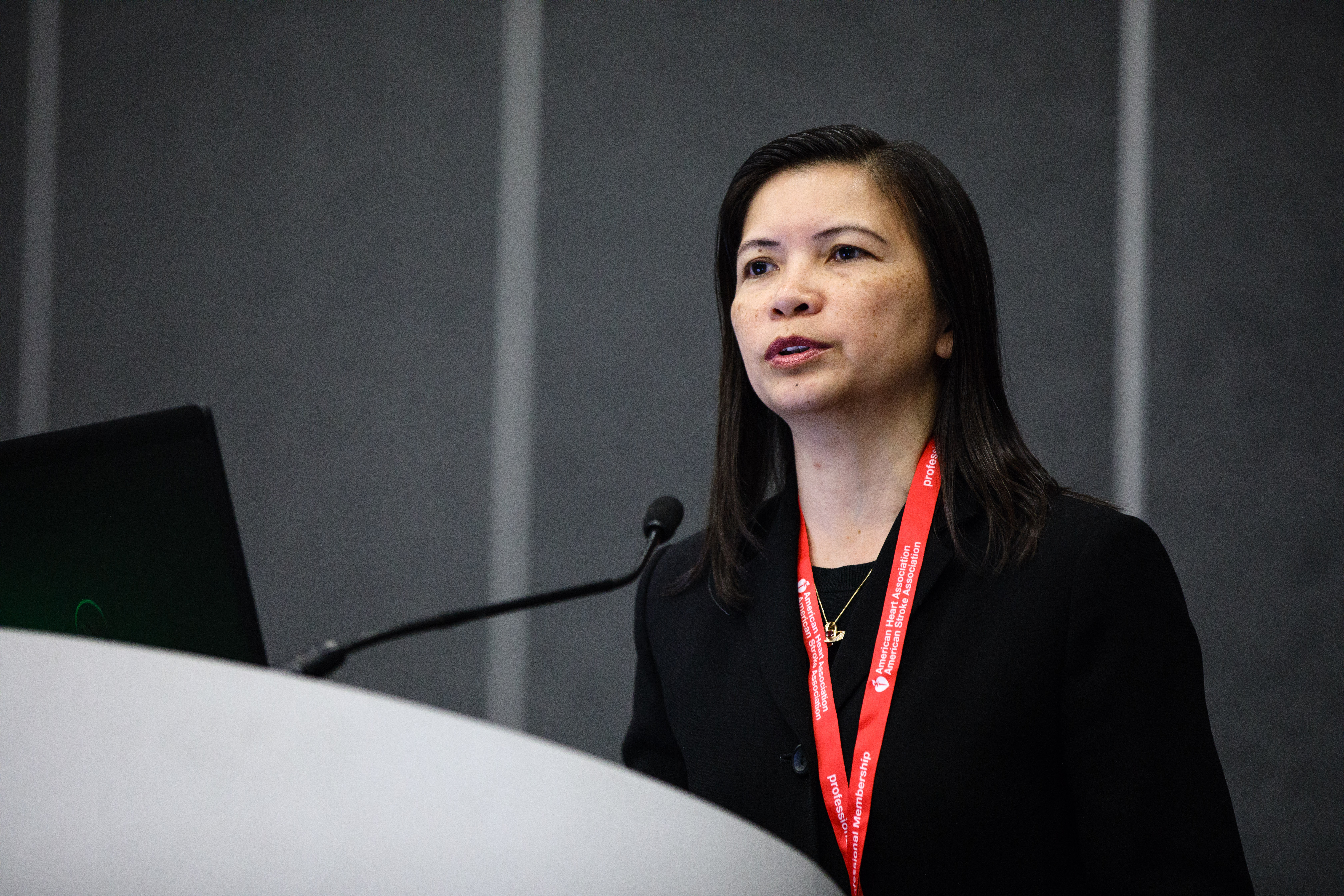Among the highlights of the 2017 International Stroke Conference (ISC) being held in Houston this week is research that documents the successes of Kaiser Permanente Northern California’s (KPNC) Stroke EXPRESS Program.
The Stroke EXPRESS (EXpediting the PRocess of Evaluating and Stopping Stroke) program was initially piloted at two KNPC medical centers in September 2015. By January 2016 it was rolled out to the entire KPNC system, demonstrating how innovative developments can be quickly developed, piloted, and integrated into practice and improve care for patients.
Through Stroke EXPRESS, KPNC redesigned its acute stroke workflow to have all emergency stroke cases actively managed by a dedicated stroke neurologist, using state-of-the-art telemedicine. This technology allows stroke neurologists to examine patients and manage individual cases remotely. The region has also dedicated significant internal resources across disciplines to restructure its stroke management workflow in ways that allow critical processes to occur in parallel, rather in series – saving critical time and brain.
The impact on delivering care for these patients across the 21 hospitals and 60 outpatient clinics has been significant. This is detailed in the research data that being presented at the ISC by Jeff Klingman, MD, Chair of Chiefs of Neurology, Kaiser Permanente Northern California, and Mai Nguyen-Huynh, MD, MAS, research scientist, Kaiser Permanente Division of Research; director, Kaiser Primary Stroke Centers, Diablo Service Area; regional clinical lead, Stroke FORCE Team.
Research and Findings: Door-to-Needle Time
Alteplase (tissue plasmogen activator; tPA), which is given through an IV in the arm, is the only FDA-approved treatment for ischemic strokes. It works by dissolving the stroke-causing clot and improving blood flow to the part of the brain being deprived of blood. Faster treatment with tPA is associated with better outcomes.
Implementation of the Stroke EXPRESS regional telemedicine program in KPNC was associated with an increase in monthly alteplase administrations, markedly shorter door-to-needle times, and no change in the rate of hemorrhagic complications.
In the 6 months before and after implementation, Alteplase administration increased from 38 cases per month to 80 cases per month.
- Average door-to-needle time for alteplase administration declined from 52 minutes to under 33 minutes.
- All centers achieved door-to-needle times of under 60 minutes routinely (88 percent before vs. 64 percent after implementation).
- Door-to-needle times of under 30 minutes were much more common after implementation (46 percent vs. 5 percent).
- The rate of symptomatic intracranial hemorrhage remained the same (4.3 percent).
Research and Findings: No Disparities
Prior published studies have reported disparities in timely treatment with tPA for stroke patients who were older, African American or female. Research in the period after full implementation of the Stroke EXPRESS program evaluated the frequency of tPA administration by age, gender and race-ethnicity.
In the 7 months after implementation:
- There were no disparities in rates of tPA administration due to age, race, gender, Kaiser Permanente membership, or mode of emergency room arrival.
- There were no disparities in door-to-needle times.
- Age and arrival by ambulance were associated with faster door-to-needle times of under 30 minutes.
Research and Findings: Large-Vessel Occlusion
In a percentage of ischemic stroke cases, the cause is a clot in a large blood vessel, which is referred to as Large-Vessel Occlusion (LVO). Such clots cannot be treated with tPA alone. A CT angiogram looks for any blood clots large enough that they need to be extracted, a procedure known as endovascular stroke treatment (EST).
During the full implementation of Stroke EXPRESS:
- In a large, multi-ethnic population of acute stroke patients, a relatively small percentage was found to have large vessel occlusion and only a small subset qualified for endovascular stroke treatment.
- Less than one-fifth of patients in the KPNC region who were brought in for acute stroke treatment were found to have large vessel occlusion that required endovascular stroke treatment.
- Further research is needed to assess each health care system’s ability to rapidly evaluate and transfer as appropriate for endovascular stroke treatment, rather than requiring paramedic-based diversion to regional comprehensive stroke centers.
During and after implementation of the Stroke Express program, the median number of tPA cases per month rose from 38 to 80. Yet the number of stroke discharges didn’t change, notes Dr. Nguyen-Huynh. In other words, a greater proportion of patients were being treated with alteplase. She attributes that to the stroke neurologists involved early on in treatment.
“The Stroke Express program is a tremendous effort across our entire medical enterprise,” says Dr. Nguyen-Huynh, adding that it is rare for a huge system to collect this level of data. “We’re contributing in terms of providing better clinical care, but also providing the research data that’s needed to answer a lot of questions that will move the field forward.”





Comments (0)